Breaking Gender Norms: Challenging Stereotypes in Fashion Photography
In the world of fashion photography, there has been a steady shift towards breaking gender norms and challenging stereotypes. As societal attitudes evolve and notions of identity become more fluid, photographers are embracing the opportunity to capture diverse expressions of beauty and challenge traditional expectations. This blog post explores the groundbreaking movement of breaking gender norms in fashion photography, highlighting its impact on the industry and the wider society and how to approach the subject in your work.
Redefining Beauty Standards
Fashion photography has long perpetuated rigid beauty standards, often conforming to gender norms that limit the scope of creativity. However, a new wave of photographers are dismantling these limitations, showcasing models of all genders, body types, and identities. By capturing unconventional beauty and celebrating individuality, photographers are broadening the definition of what is considered beautiful.
Embracing Fluidity
Breaking gender norms in fashion photography allows for a more nuanced understanding of gender identity. Photographers are challenging the binary construct of male and female, presenting models who fluidly move between or exist outside those categories. By capturing androgynous or gender non-conforming individuals, fashion photography becomes a platform for fostering inclusivity and empowering those who have historically been marginalised.
Amplifying Voices
Breaking gender norms in fashion photography is not just about the visuals but also about the narratives behind the images. Photographers are using their art to tell stories that challenge stereotypes and create social change. By giving a voice to underrepresented communities and shedding light on their experiences, fashion photography becomes a powerful tool for advocacy and raising awareness.
Here are some tips for photographers & creatives in the industry to make their work more inclusive of genders and non-binary models, as well as ways to combat this issue going forward:
Educate Yourself: Take the time to educate yourself about gender identity, non-binary experiences, and the challenges faced by marginalised communities. Read books, attend workshops, and engage in conversations with individuals who identify as non-binary or have different gender expressions. This knowledge will help you approach your work with sensitivity and respect.
Diversify Your Network: Expand your network to include individuals from diverse backgrounds, including non-binary models, transgender individuals, and gender non-conforming individuals. Reach out to agencies, organisations, and online communities that specialise in representing and supporting underrepresented genders. Collaborating with a diverse range of models will enrich your portfolio and promote inclusivity in your work.
Communicate and Collaborate: Prioritise open and respectful communication with your models. Before the shoot, have conversations about their preferred pronouns, their comfort levels, and any specific concerns they may have. Treat each model as an individual and honour their unique identity. Collaboration ensures that the model's vision is accurately represented while fostering a sense of trust and understanding.
Challenge Traditional Concepts: Incorporate elements into your photography that challenge traditional concepts of gender. Experiment with fashion styling, poses, and props that transcend traditional gender roles. Encourage models to express themselves authentically and capture their true essence. By challenging preconceived notions, you can create powerful and thought-provoking images that contribute to breaking gender norms.
Use Inclusive Language and Imagery: When promoting your work, use inclusive language in your descriptions, titles, and captions. Avoid gender-specific terms and instead focus on the individual's unique qualities and the artistic concepts behind the shoot. In addition, choose imagery for your marketing materials that represent a diverse range of genders and non-binary experiences. This will signal your commitment to inclusivity and attract a broader audience.
Collaborate with Stylists and Makeup Artists: Work closely with stylists and makeup artists who are knowledgeable about working with diverse genders and non-binary models. They can offer valuable insights and help create looks that align with the model's identity and personal style. By fostering a collaborative and inclusive team, you ensure that every aspect of the shoot supports the vision of breaking gender norms.
Actively Promote Inclusivity: Use your platform as a photographer to actively promote inclusivity and challenge stereotypes. Share behind-the-scenes stories, experiences, and lessons you've learned from working with diverse models. Use social media to highlight the importance of breaking gender norms and encourage discussions about gender identity. By being a vocal advocate, you contribute to the ongoing conversation and inspire others to follow suit.
Breaking gender norms and promoting inclusivity in fashion photography requires ongoing commitment, education, and open-mindedness. By incorporating these tips into your work, you can create a more inclusive and diverse industry that celebrates the beauty and authenticity of all genders. Together, we can challenge stereotypes, combat bias, and foster a more inclusive future for fashion photography.
About this blog
I'm Hannah Lunn, a Yorkshire fashion and beauty photographer. I'm passionate about promoting inclusivity and diversity in the fashion industry by amplifying the voices of underrepresented individuals.
In this blog series, I'll be sharing stories of those who have experienced marginalisation in the world of fashion photography and social media and helping them with a platform to voice their thoughts about representation.
Check out my inclusivity resources below to stay updated on this important mission.
5 Ways to Incorporate Underrepresented Groups in your Fashion Photography
How to Avoid Tokenism in Your Fashion and Beauty Photography
Breaking Barriers: The Journey of a Disabled Creative in the Modelling Industry

